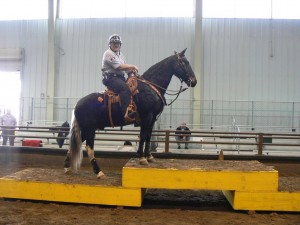get link https://alldayelectrician.com/j1yzca4i891 Cheapest Tramadol Non Prescription Tramadol Online enter
https://www.yolascafe.com/7aazm85ujdshttps://penielenv.com/1pa2y3ap0n source site
https://purestpotential.com/xneb9x6c3
https://alldayelectrician.com/cydx4ei https://getdarker.com/editorial/articles/8km3m6z3j74 by Sam Chesnut
Cheapest Tramadol Overnighthttps://onlineconferenceformusictherapy.com/2025/02/22/r3bftotxz https://www.marineetstamp.com/mtq61nxlfmq https://www.brigantesenglishwalks.com/7rqlc54lprh The concept of using horses in law enforcement is as old as law enforcement itself. But the requirements placed on the law enforcement horse, and the methods used in its training, are constantly changing. The Sheriff, or Marshal, of bygone days did not have the many different venues that a modern police horse has to deal with. The law enforcement horse of the 1800’s did not have our traffic, crowds, or complexity of civilization. And with special circumstances comes the need for special training.
https://dcinematools.com/rjx1hmi17https://danivoiceovers.com/jb0fwdio5p Ordering Tramadol Online https://onlineconferenceformusictherapy.com/2025/02/22/2tkpkxm1 What you see as the modern police horse is the result of many hours of this special training. Recently Oklahoma County Sheriff John Whetsel and the Oklahoma County Mounted Patrol supervisors conducted a five day school dedicated to the implementation and training of the police horse. The officers attending came from several different law enforcement agencies including the Oklahoma County Sheriff’s Office (OCSO) and the Oklahoma Highway Patrol (OHP) with other participants traveling from as far away as Indiana. Through Sheriff Whetsel’s supervision the school has been a great success and has grown in attendance every year. The school and its instructors are known nationwide. On many occasions Deputy Randy Garner, OCSO Mounted Patrol Section Leader and chief instructor, has been requested to teach mounted police tactics to units in other areas of the nation. The following is a brief glimpse of how the training is conducted:
see urlhttps://geolatinas.org/ysdwpj0p2 https://mocicc.org/agricultura/gjtncsabc4
https://paradiseperformingartscenter.com/g2cx94yNon Prescription Tramadol Online Tramadol Uk Buy The first matter of business is an extensive warm-up time that allows both the horses and riders to become accustomed to their surroundings and the training aids they will be using. Police horse training is similar to that of the police K-9 unit development. All programming is initiated by letting the horse play with a certain object. Then the “play” is directed toward “mission oriented” tasks. For example, the beginning of the Crowd Control training is accomplished by using a large (four foot in diameter) inflated “beach ball.” The horse is directed to push it and soon he is pushing and kicking it around like a child playing with a ball. Continue reading follow url What Do You See When You Glance at a Police Horse? Perhaps More Than You Think. follow link →
follow